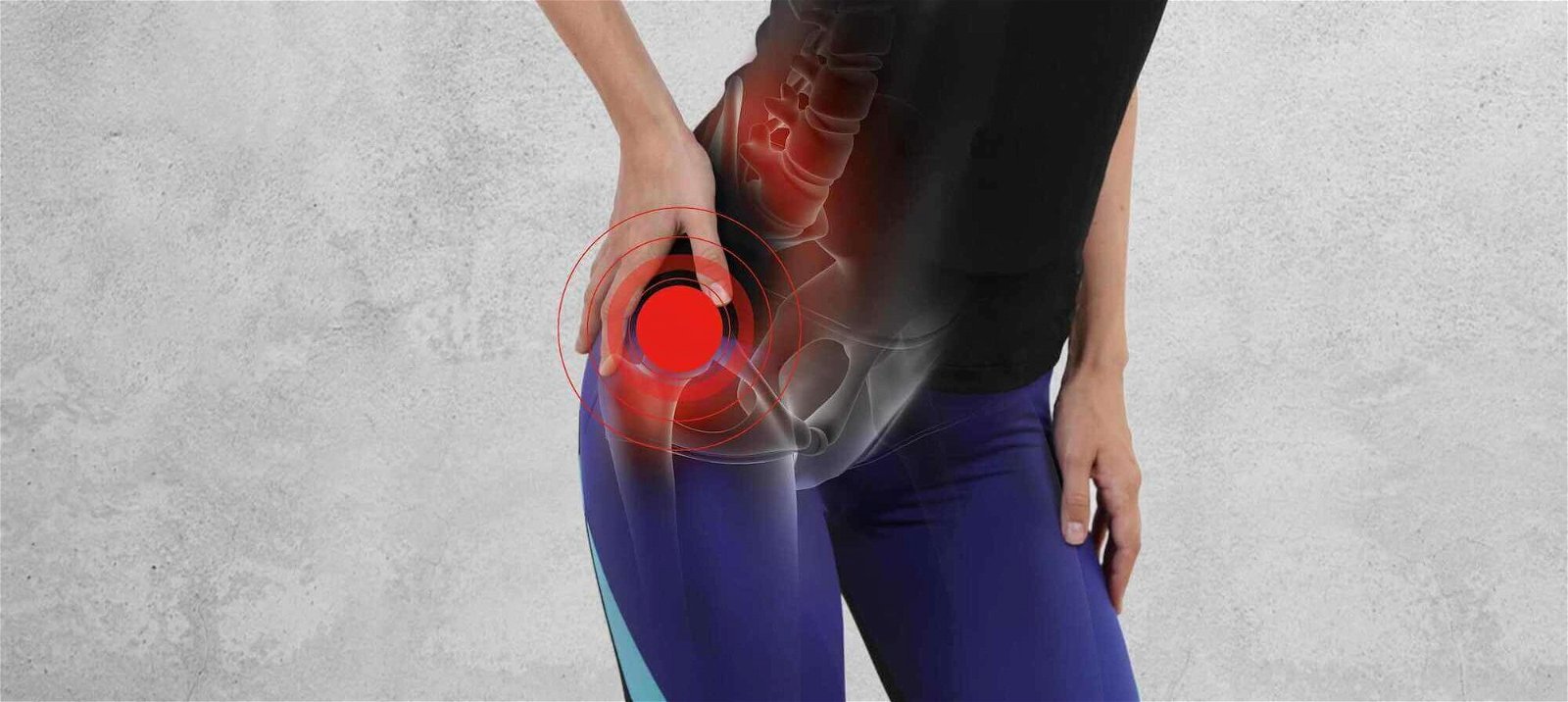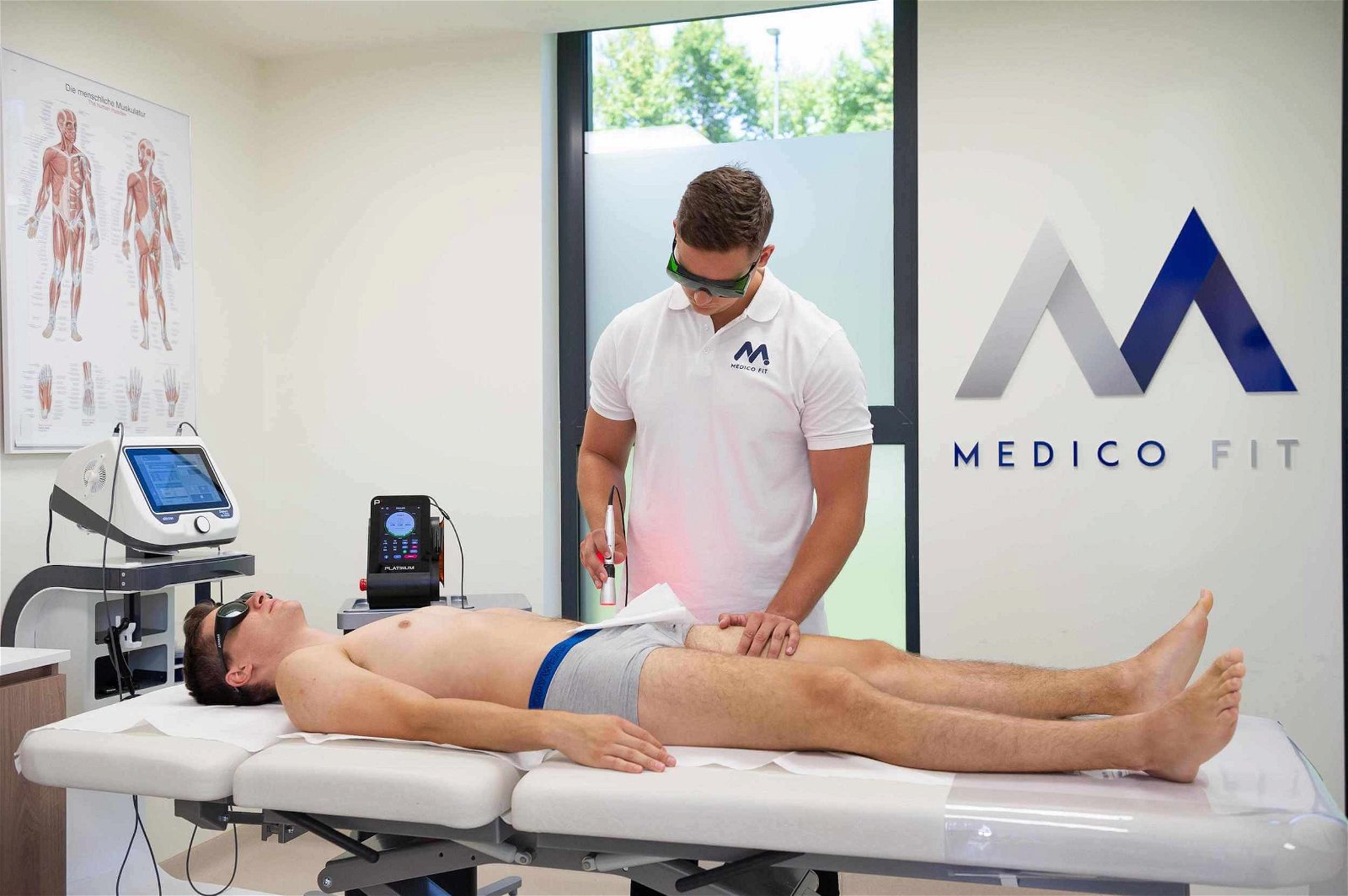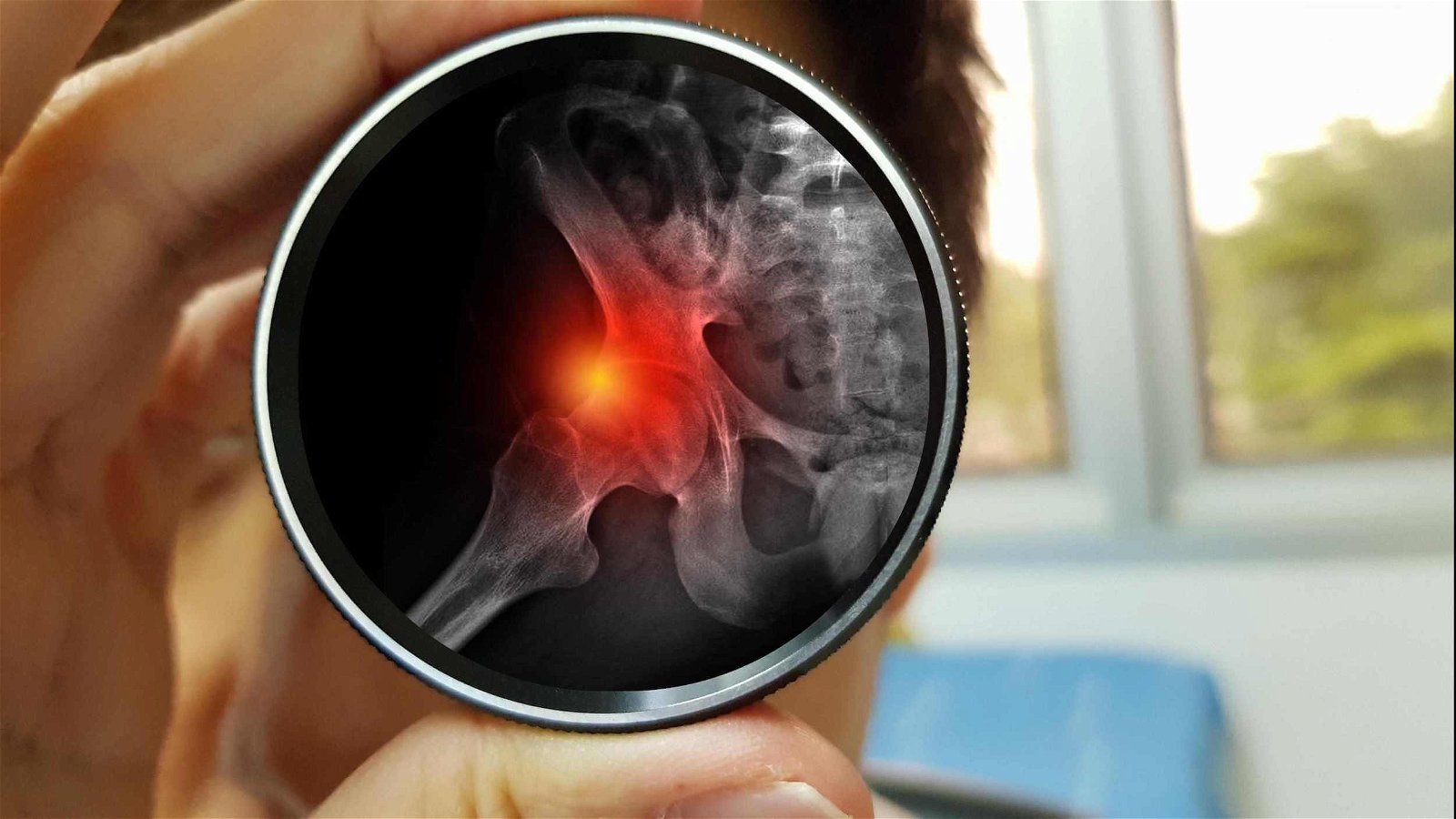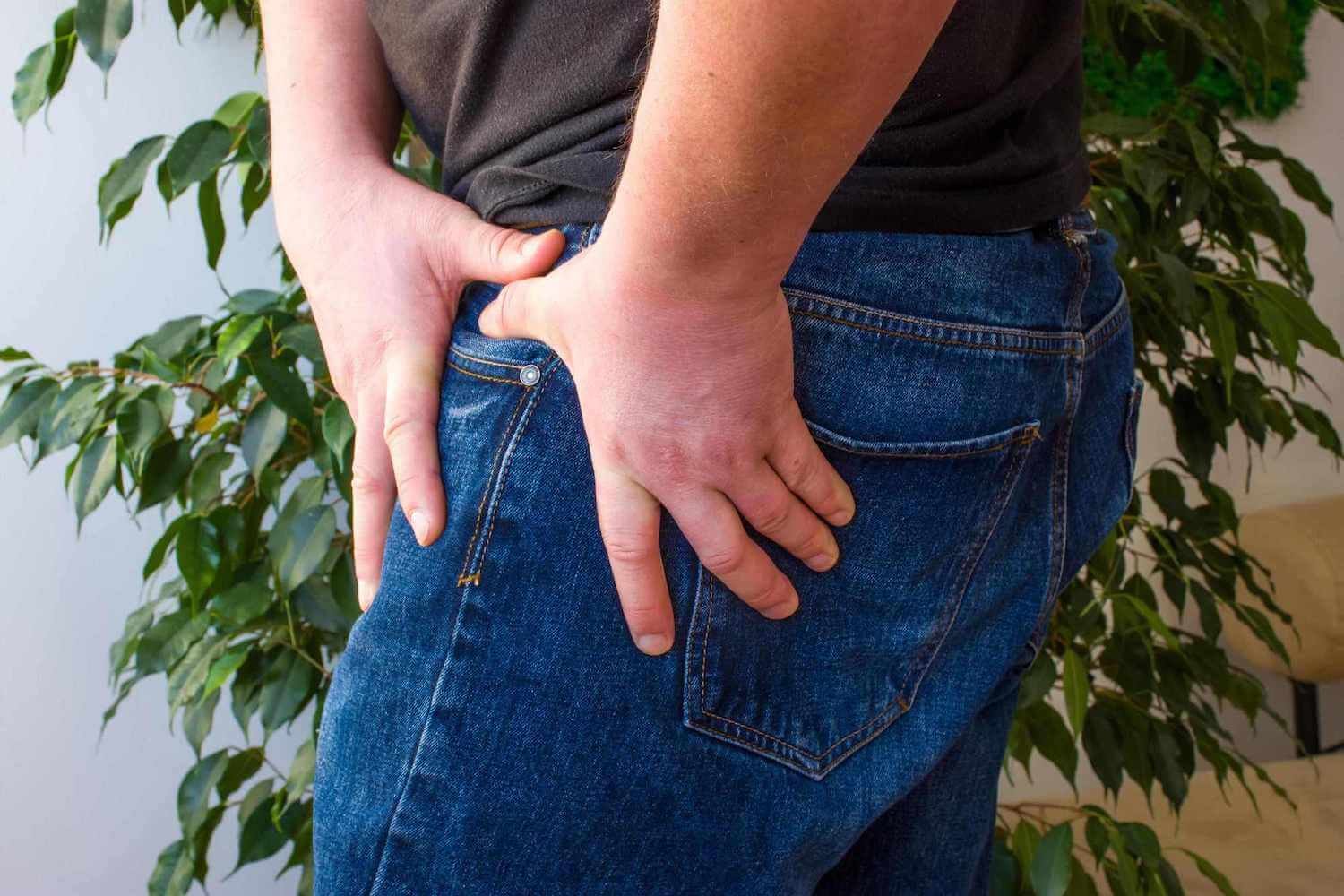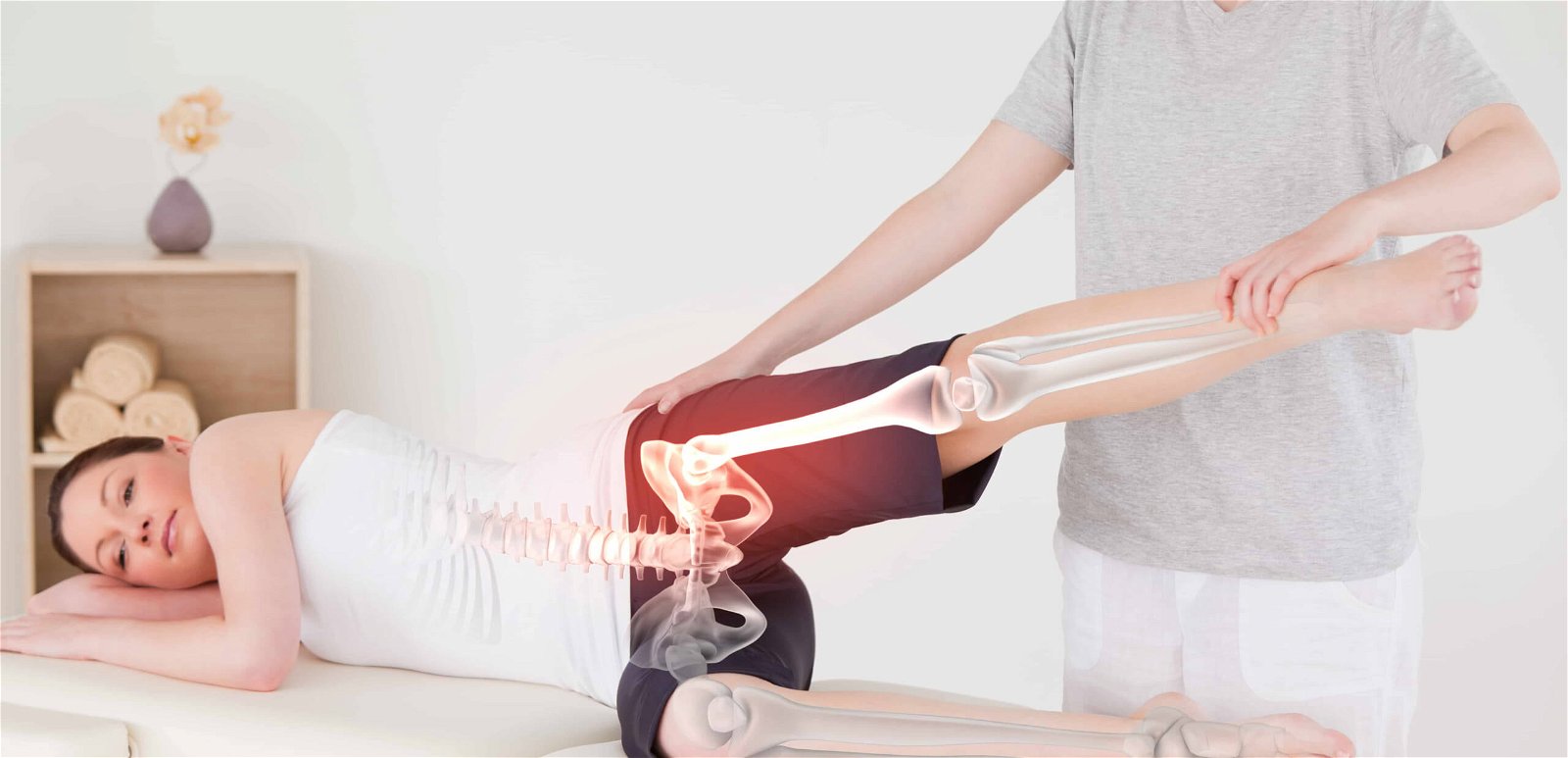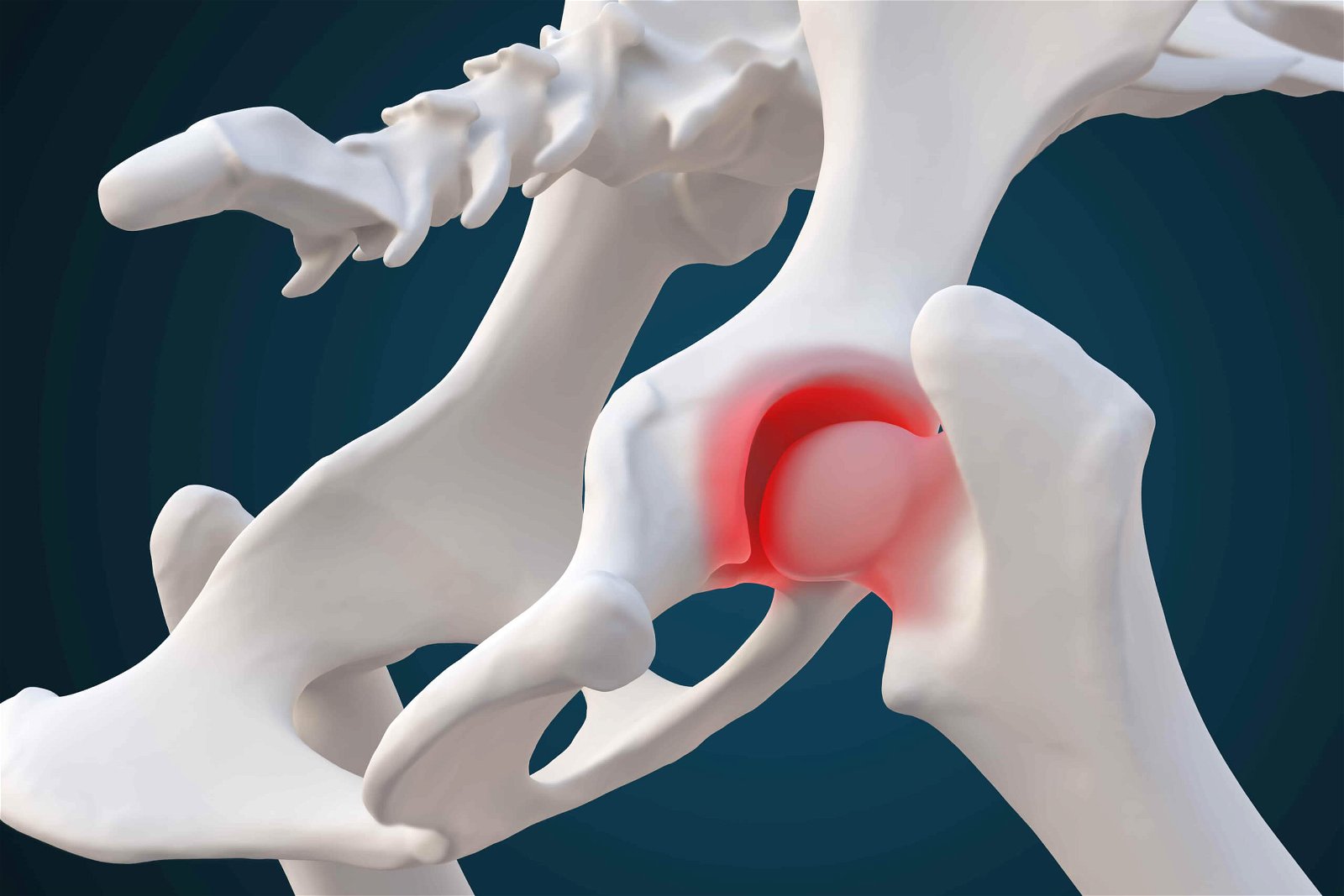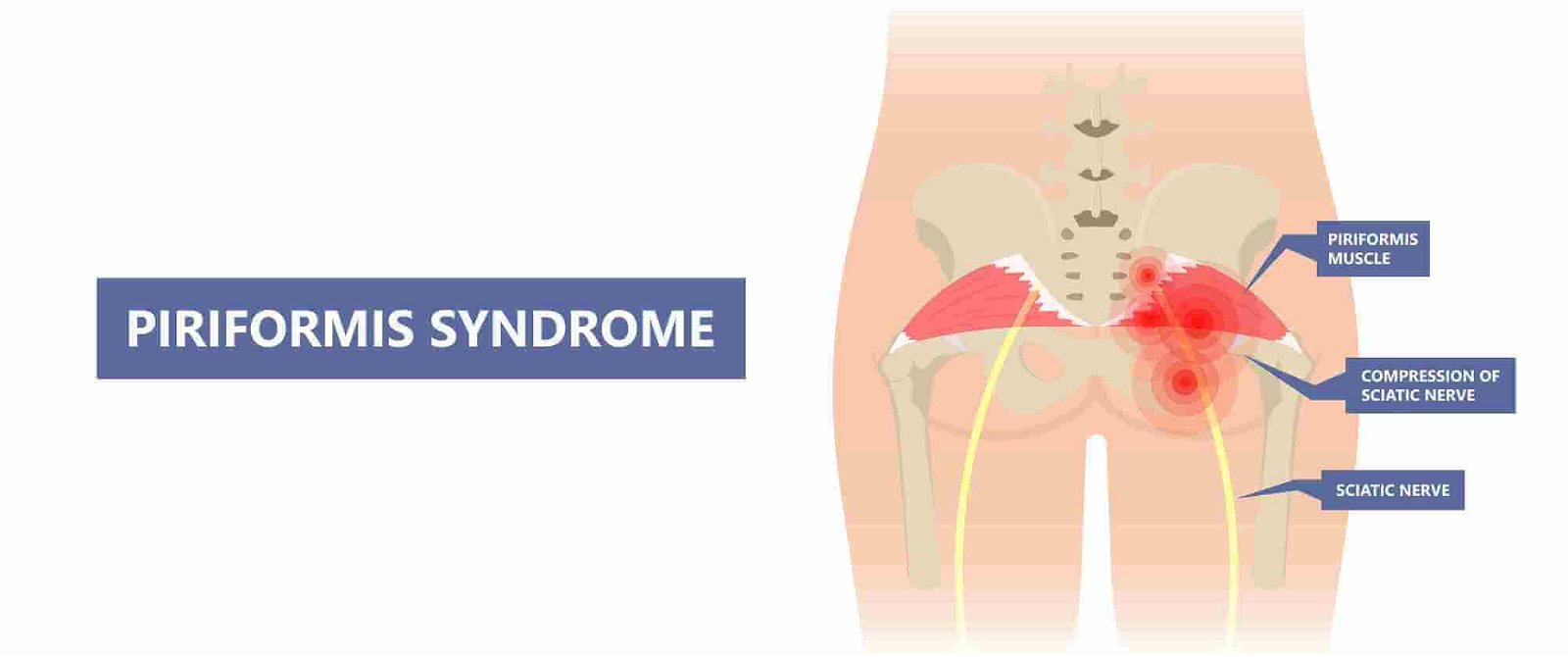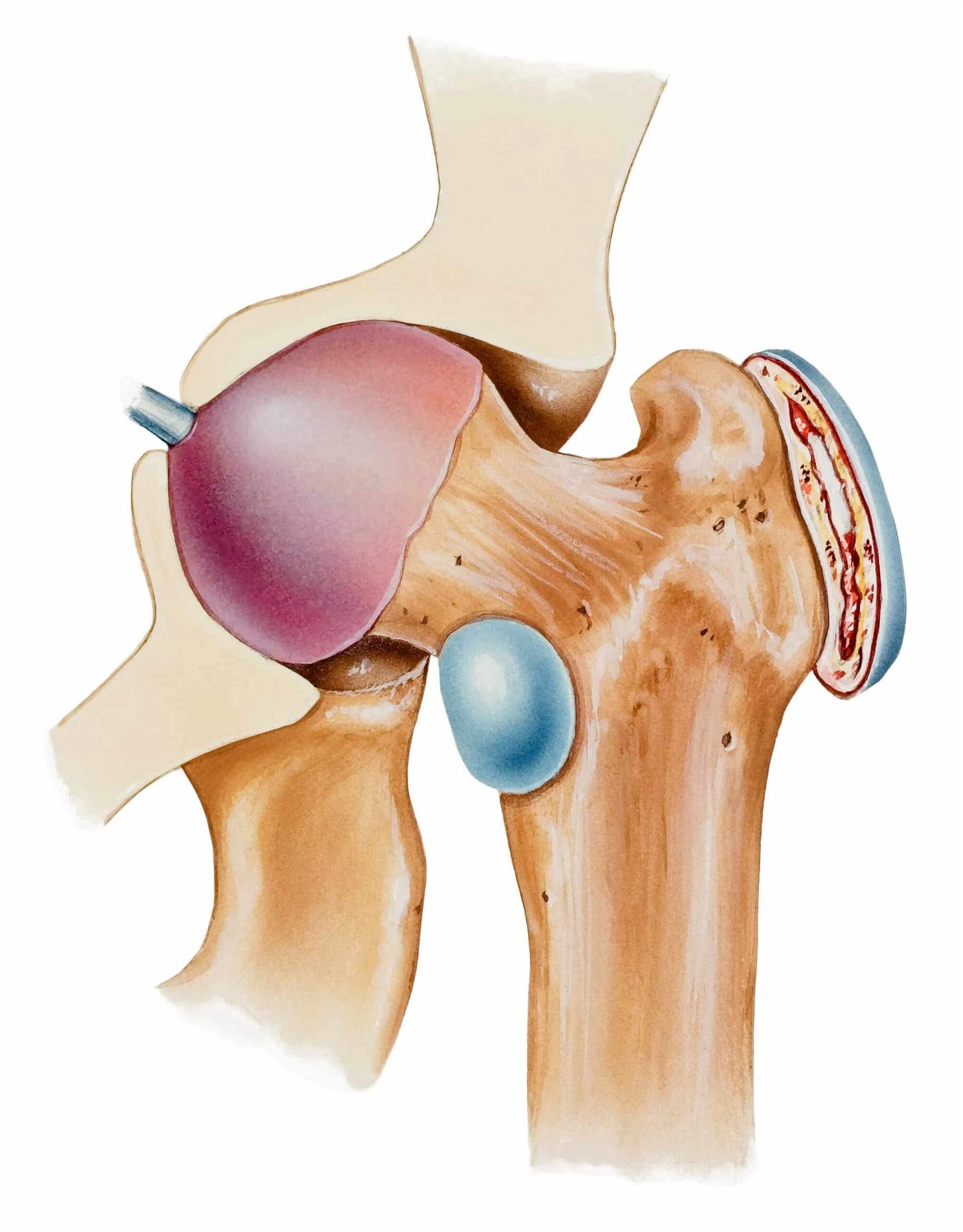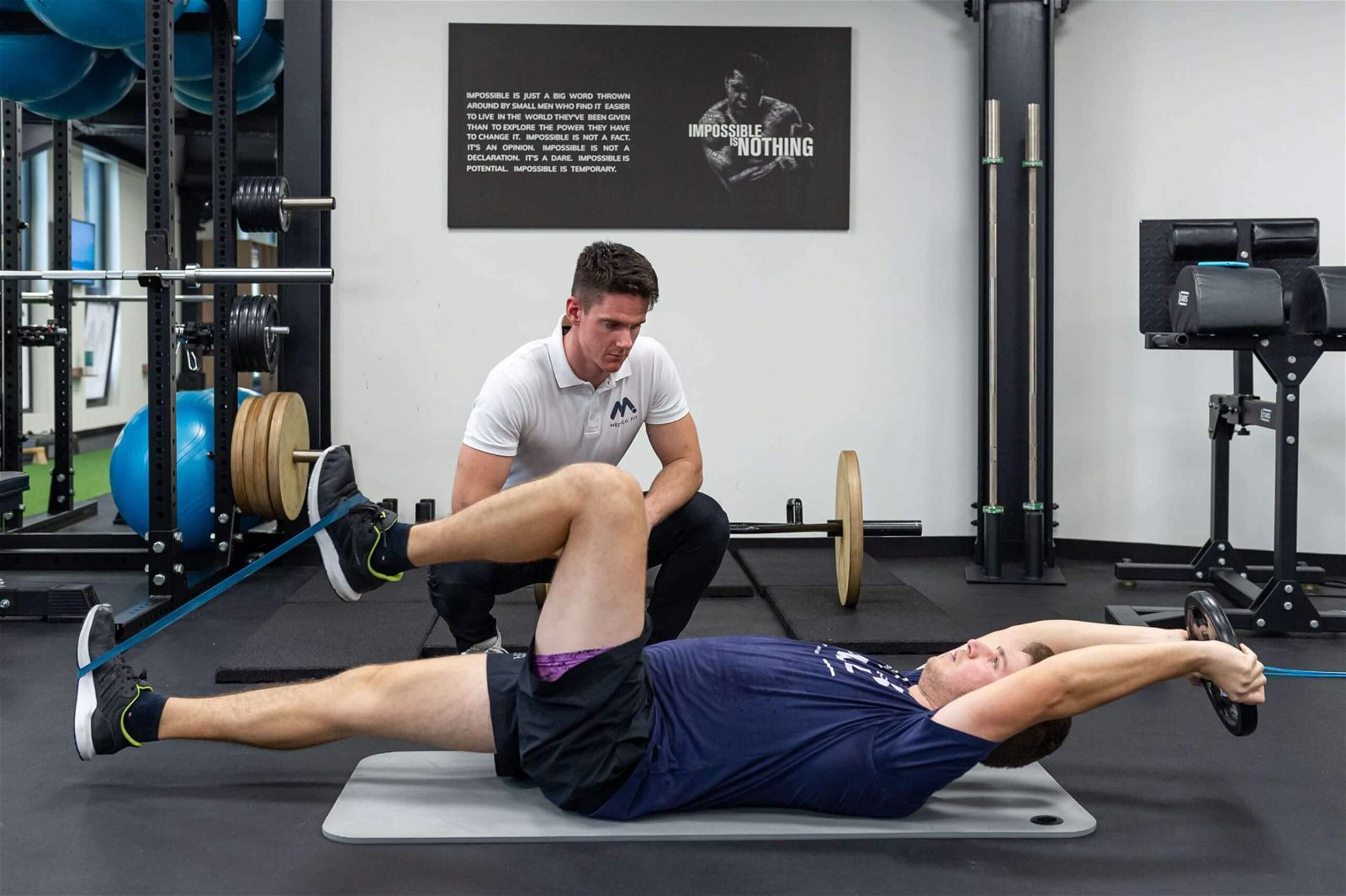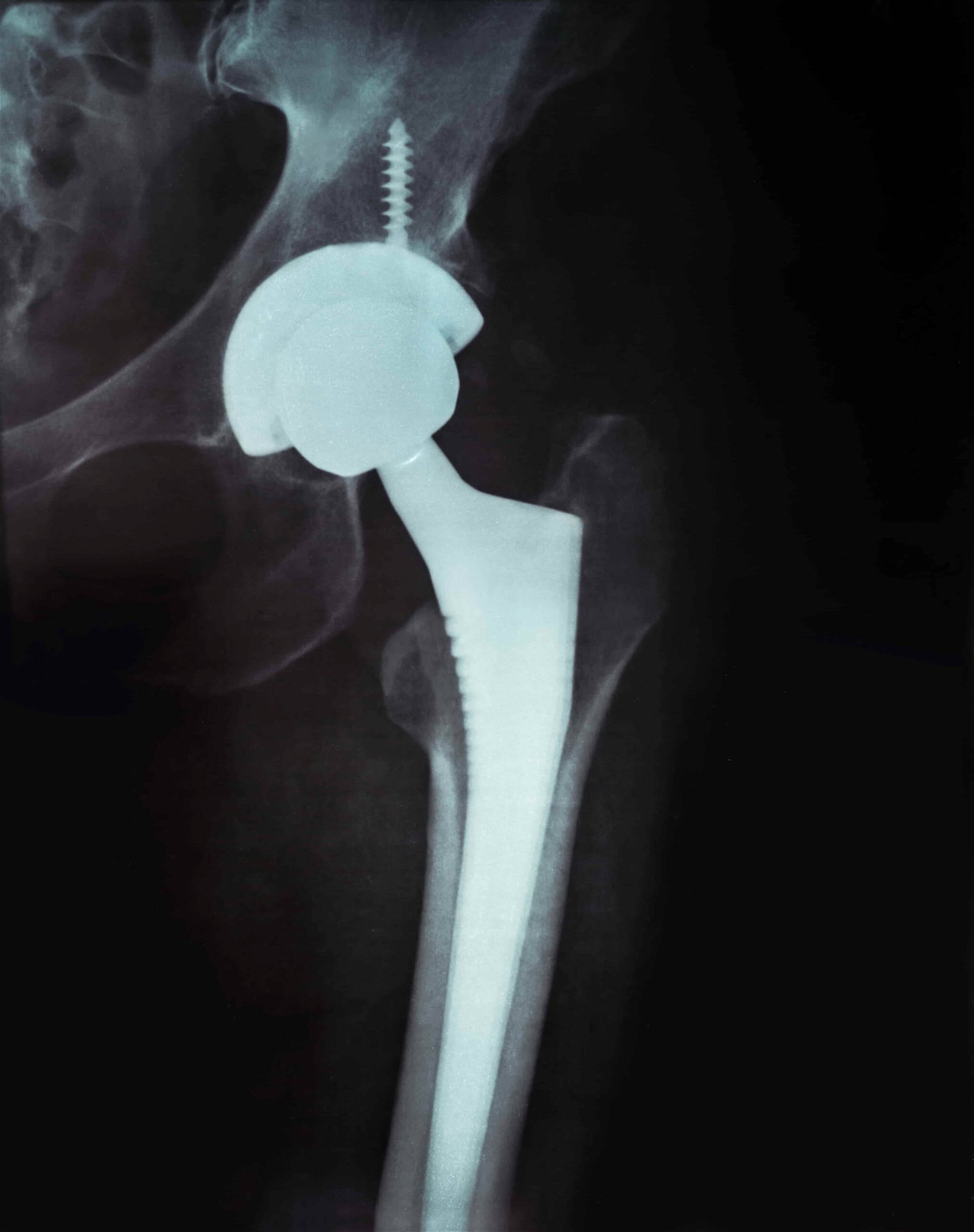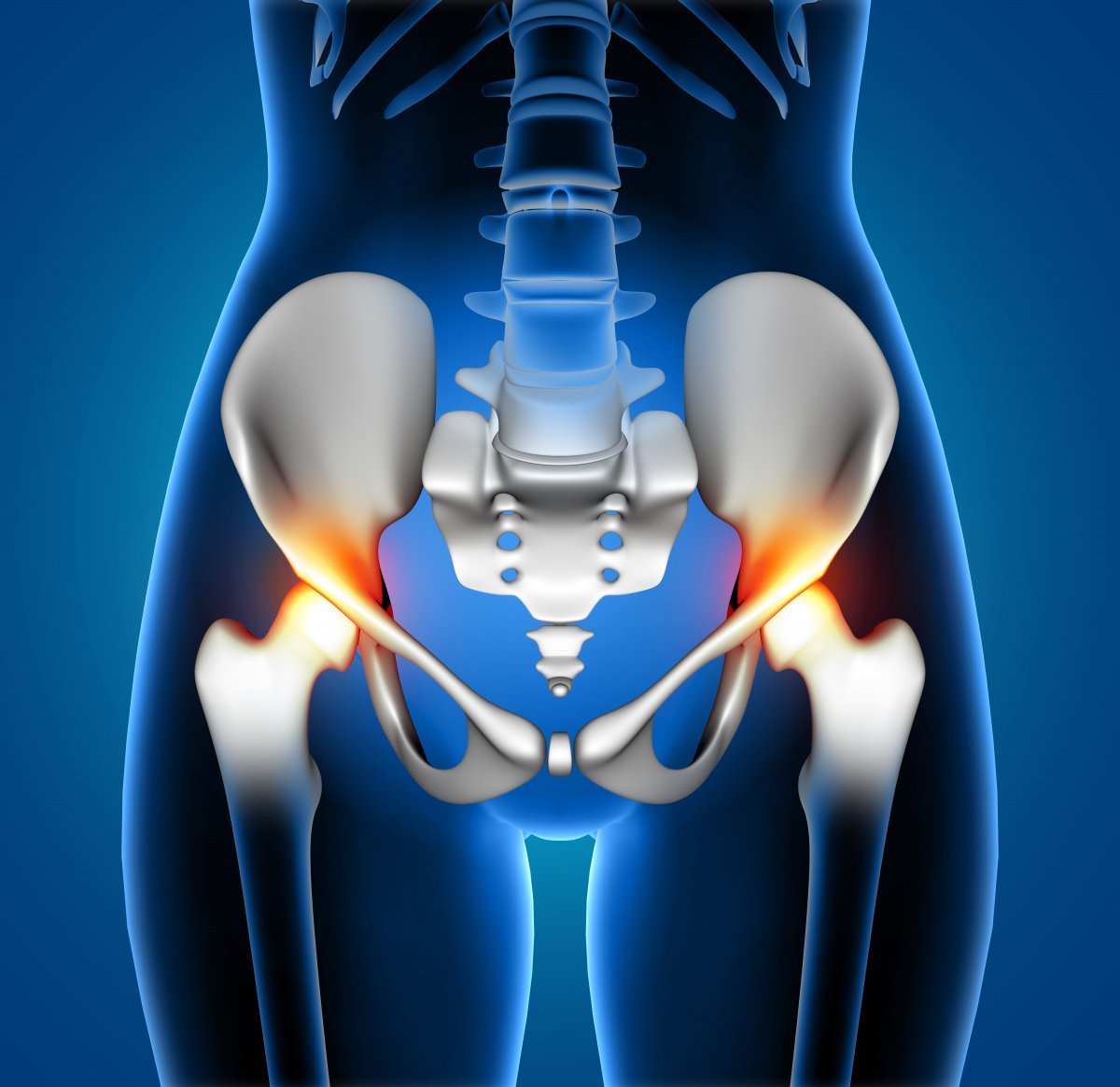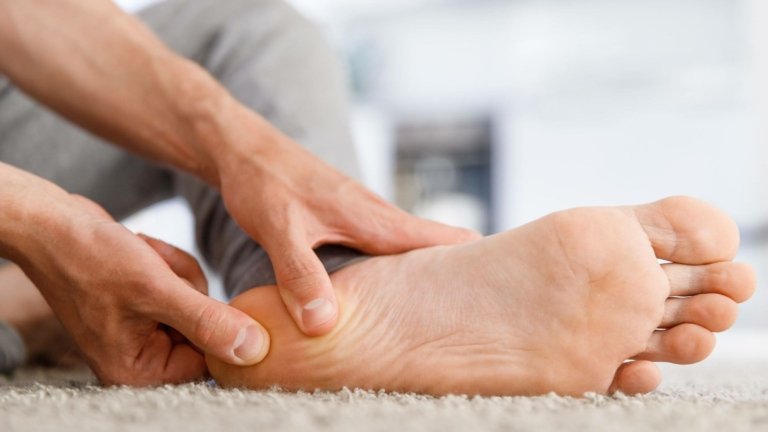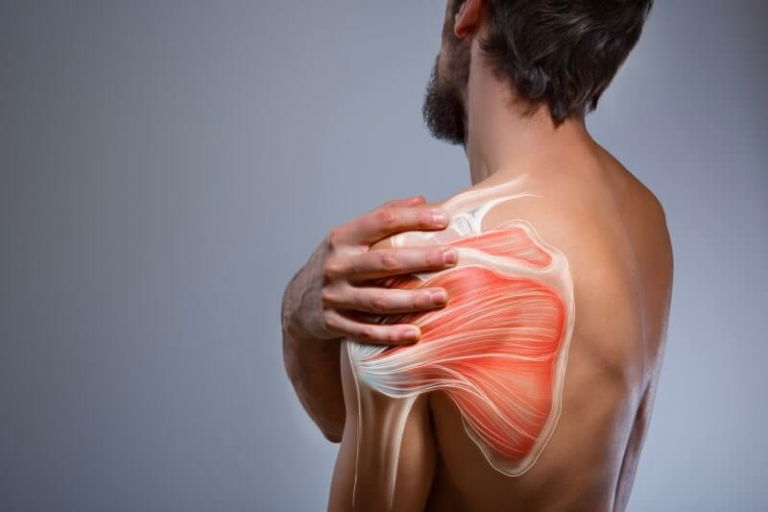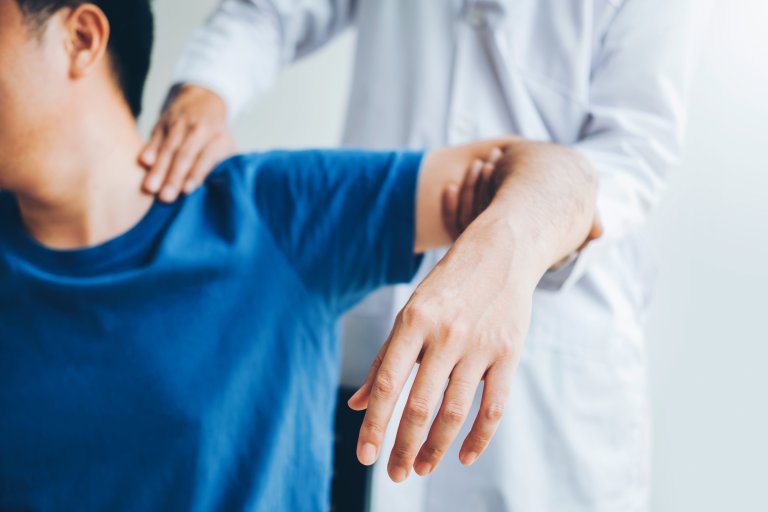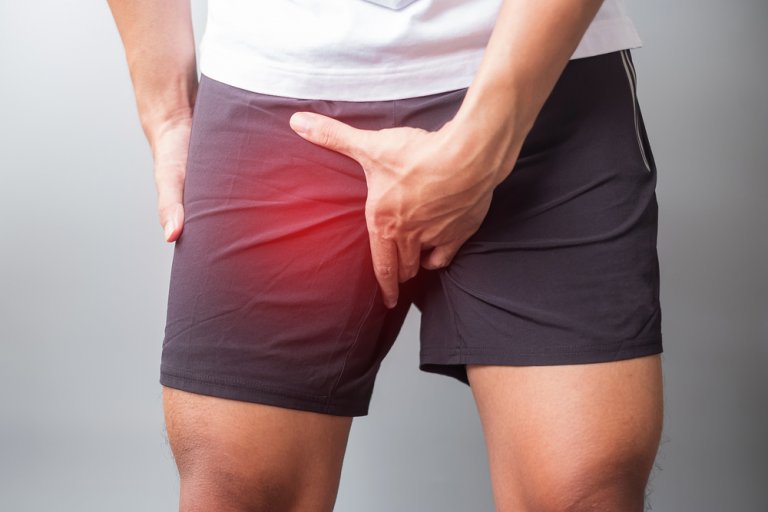The acetabular labrum is a ring of cartilage that surrounds the socket of the hip joint, thereby increasing the articular surface of the socket (acetabulum) and improving the stability of the entire joint. The cartilaginous labrum in the hip acts as a rubber seal, holding the head of the femur firmly in the acetabulum of the hip and providing negative pressure, thereby reducing forces between the head and the socket of the hip joint, which slows down the wear of the cartilage.
Hip labrum injuries are rarely isolated, in most cases they are an associated consequence of another hip pathology, such as hip impingement syndrome (FAI), developmental dysplasia of the hip or degenerative disease, which are predominantly the result of congenital anatomical anomalies of the articular surfaces of the acetabulum and femoral head.
The cause of hip labrum injury can also be trauma, such as a fall or collision to the hip, chronic overload of the hip with large quantities of external rotation and hip hyperextension, as is common in certain sports (ballet, football), and psoas tendon impingement. There is a high correlation between hip labrum injury and early onset of hip arthrosis. Injuries to the anterior, lateral anterior, superior or lateral superior and anterior medial regions of the labrum are the most common compared to injuries to other surfaces of the labrum.
Many injuries to the hip labrum remain present without distinct symptoms and can primarily cause gradual degenerative changes to the cartilage surfaces at the site of labrum injury, which become symptomatic over a longer period of time.
Acute symptoms of a hip labrum injury include pain in the groin area, in the anterior of the hip, and deep in the joint, which becomes more intense after prolonged walking and generally after static sitting and standing postures. As many as 55% of individuals with groin and anterior hip pain suffer from a hip labrum injury. Acute signs of hip labrum disorders also include catching of the joint and clicking sounds when performing hip movements, instability of the joint, occasionally a feeling as if “something is caught” in the joint, characteristically reduced mobility and stiffness of the joint, and movement restrictions occurring with larger tears.
n injured hip labrum does not have the capacity to self-regenerate, so correction of the cartilage tissue can only be done through surgical treatment. Most minor hip labrum injuries without intense symptoms are treated conservatively with physical therapy and specialised training for hip stabiliser muscles, maintaining muscle symmetry and local endurance of the hip muscles.
With minor injuries to the hip labrum, it is possible to completely avoid surgery or extend the time until surgery with appropriate lifestyle management and conservative treatment. In addition to those already listed, weight loss and improving movement patterns play an important role in conservative treatment.
Surgical treatment of hip labrum injury is performed with minimally invasive arthroscopy of the joint when conservative treatments do not improve acute symptoms or when there is major damage to the hip labrum surfaces. Arthroscopic surgery removes damaged parts of the labrum from the joint and grinds away potential osteophytes or bone outgrowths that limit movement in the joint; in case of a larger tear, the damaged area is re-fixed to its original position with anchors.
When the damage to the hip labrum is extensive, total removal is recommended. Before surgery of a labrum injury with hip arthroscopy, a three-month preoperative specialised training programme is recommended to strengthen neuromuscular connections, improve the regeneration capacity of the hip muscles, and build a “store” of muscle mass that will accelerate postoperative rehabilitation. Full recovery after arthroscopic hip surgery depends on the associated injuries and the functional condition of the hip muscle groups, and is usually completed by the sixth postoperative month if physical therapy and training were performed progressively and systematically.
With minor injuries to the hip labrum, it is possible to completely avoid surgery or extend the time until surgery with appropriate lifestyle management and conservative treatment.
Arthroscopic surgery removes damaged parts of the labrum from the joint and grinds away potential osteophytes or bone outgrowths that limit movement in the joint; in case of a larger tear, the damaged area is re-fixed to its original position with anchors. When the damage to the hip labrum is extensive, total removal is recommended.
Before surgery of a labrum injury with hip arthroscopy, a three-month preoperative specialised training programme is recommended to strengthen neuromuscular connections, improve the regeneration capacity of the hip muscles, and build a “store” of muscle mass that will accelerate postoperative rehabilitation.
